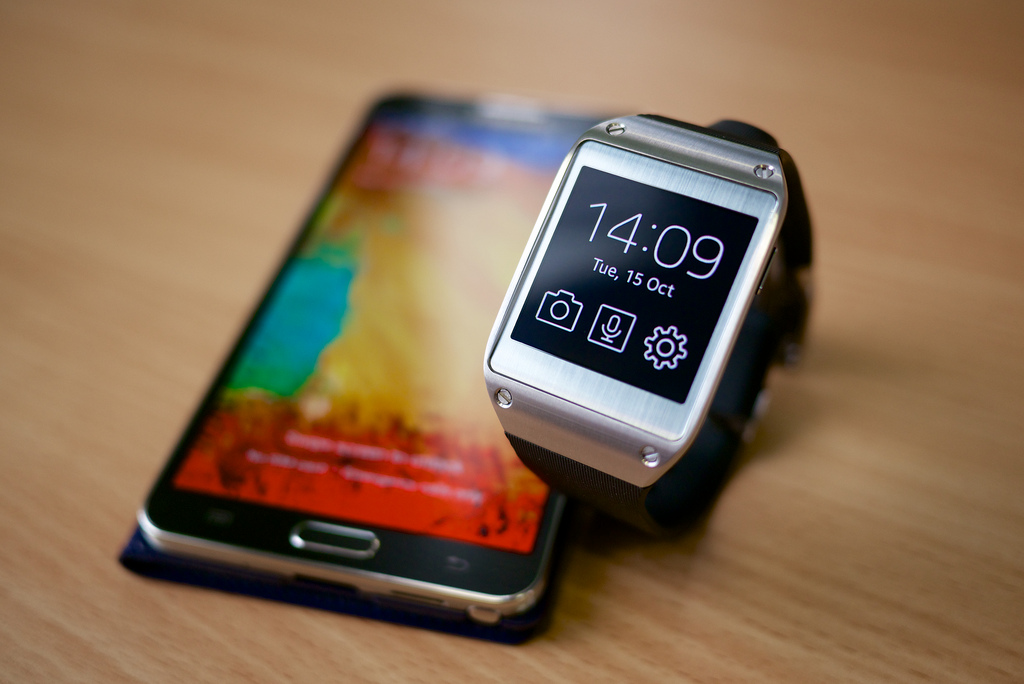
17 Jun Can Salesforce Push Wearables Into The Enterprise?
Despite research firms such as Deloitte expecting “businesses to take the lead in building acceptance and creating demand for wearable devices,” enterprise adoption is still lagging. However, cloud computing company Salesforce.com hopes to change that with its recently announced Salesforce Wear initiative.
Dubbed by Salesforce.com as the first initiative for wearable computing in the enterprise, Salesforce Wear seeks to address one of the biggest challenges facing wearable application development for the enterprise – the absence of a link to existing business processes or systems.
Daniel Debow, senior vice-president, emerging technologies, Salesforce said “with Salesforce Wear, companies can now capture the massive opportunity these devices offer to connect with customers in new ways.”
The Salesforce Wear Developer Pack offers a collection of open-source starter apps for six of the most popular wearable devices at present.
The apps include code for:
- Google Glass
- Samsung Gear watches
- Pebble
- Android Wear watches
- Gesture control Myo armband from Thalmic Labs
- Bionym Nymi wristband that recognizes you based on your heart’s cardiac rhythm.

Source: Salesforce
These apps provide examples of how Salesforce have built apps for these types of devices, giving developers a resource to learn from and then use to build their own business-focused wearable apps.
According to Salesforce VP developer relations, Adam Seligman, another challenge developers face when developing for wearables, is that “all of the new devices on the market had different application architectures, UX patterns and data flows.” (Source: InformationWeek). Salesforce Wear steps in here too by handling the “identity, secure API access and plumbing necessary to connect the device to the Salesforce1 Platform.”
Businesses have already started experimenting with wearables. One example is Virgin Atlantic’s recent trial of Google Glass, which in conjunction with a custom app, allowed concierges at Heathrow’s upper class lounge to access passenger flight details and perform check in tasks on the go. Other use cases for wearables include manufacturing workers viewing metrics for nearby equipment on a smart watch or field workers accessing technical documentation or procedures using smart glasses while on the job.
Guy Cranswick, analyst with IBRS believes the company’s dominance in the software-as-a-service market might just be enough to push development of enterprise applications for wearables,
“Salesforce is doing what market leaders do, which is ‘dip their toes’ in the water and then create the momentum to create the market because the feedback loop is a catalyst for others to join. The OS developers play here is essential for the overall strategy to work, as it closes the loop which drives the uptake and so on” (Source:IT Pro).
With research firm IHS predicting more than 180 million wearable units to be sold in 2018, businesses should certainly start looking towards how wearables can be used to improve employee productivity or customer service.
According to a Salesforce company statement “wearables are the future of mobile, and companies can now discover new ways to market, sell, service and more. Salesforce Wear will enable companies to deliver.”
The Salesforce Wear Developer Pack is now available and is included with all user licenses of Salesforce CRM and the Salesforce Platform.

